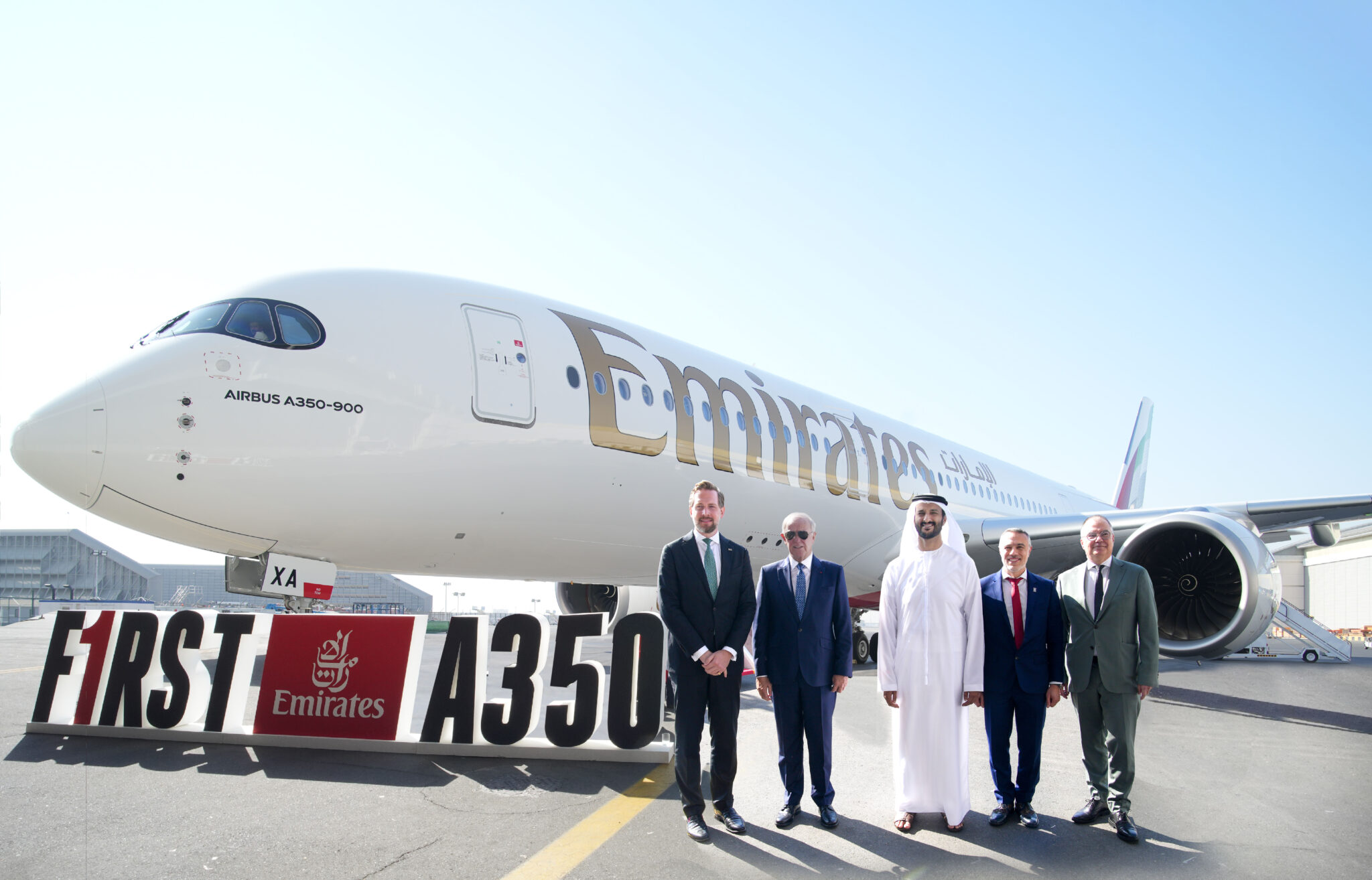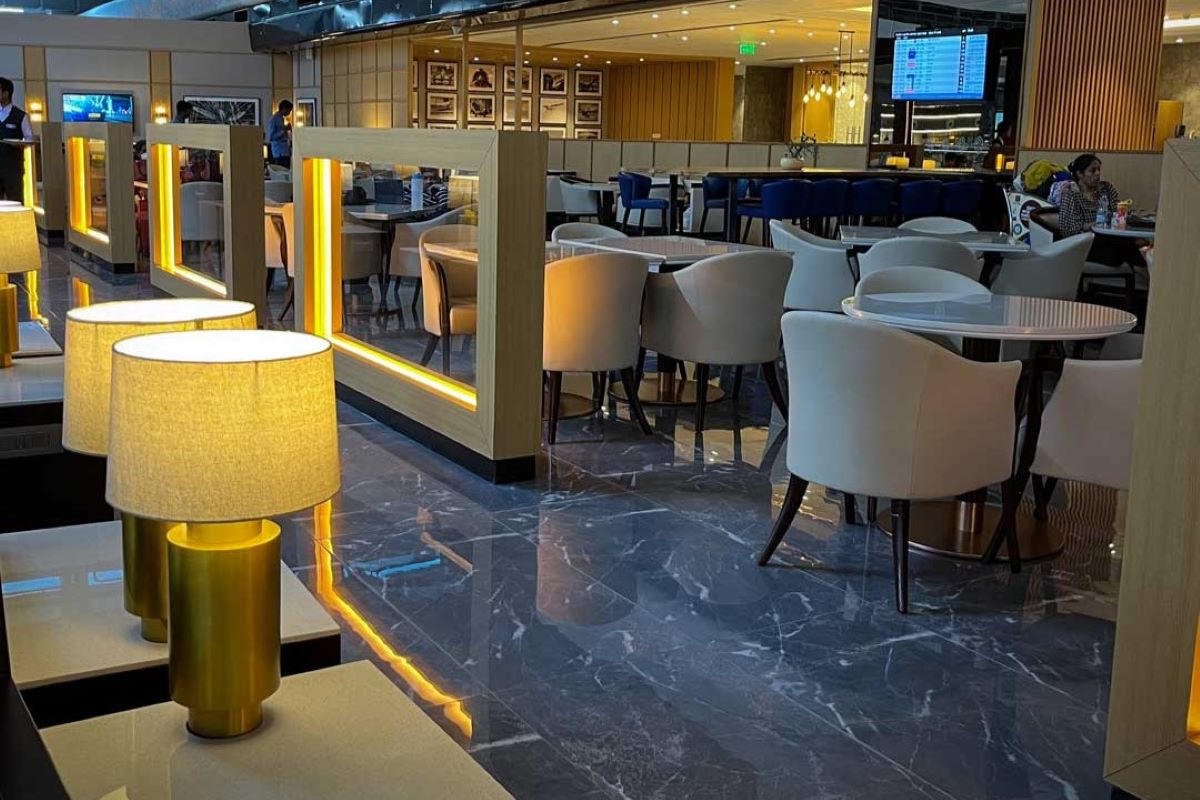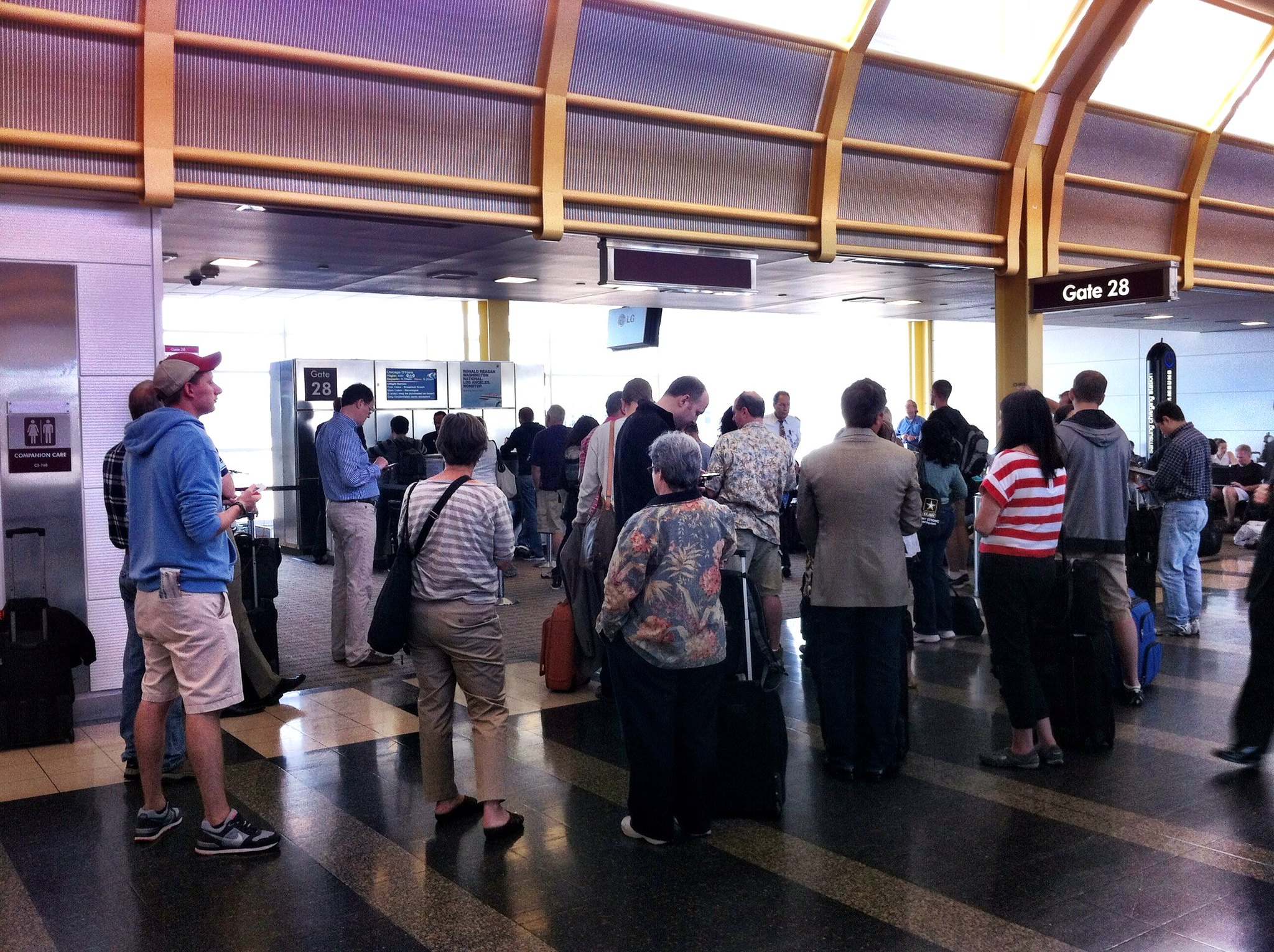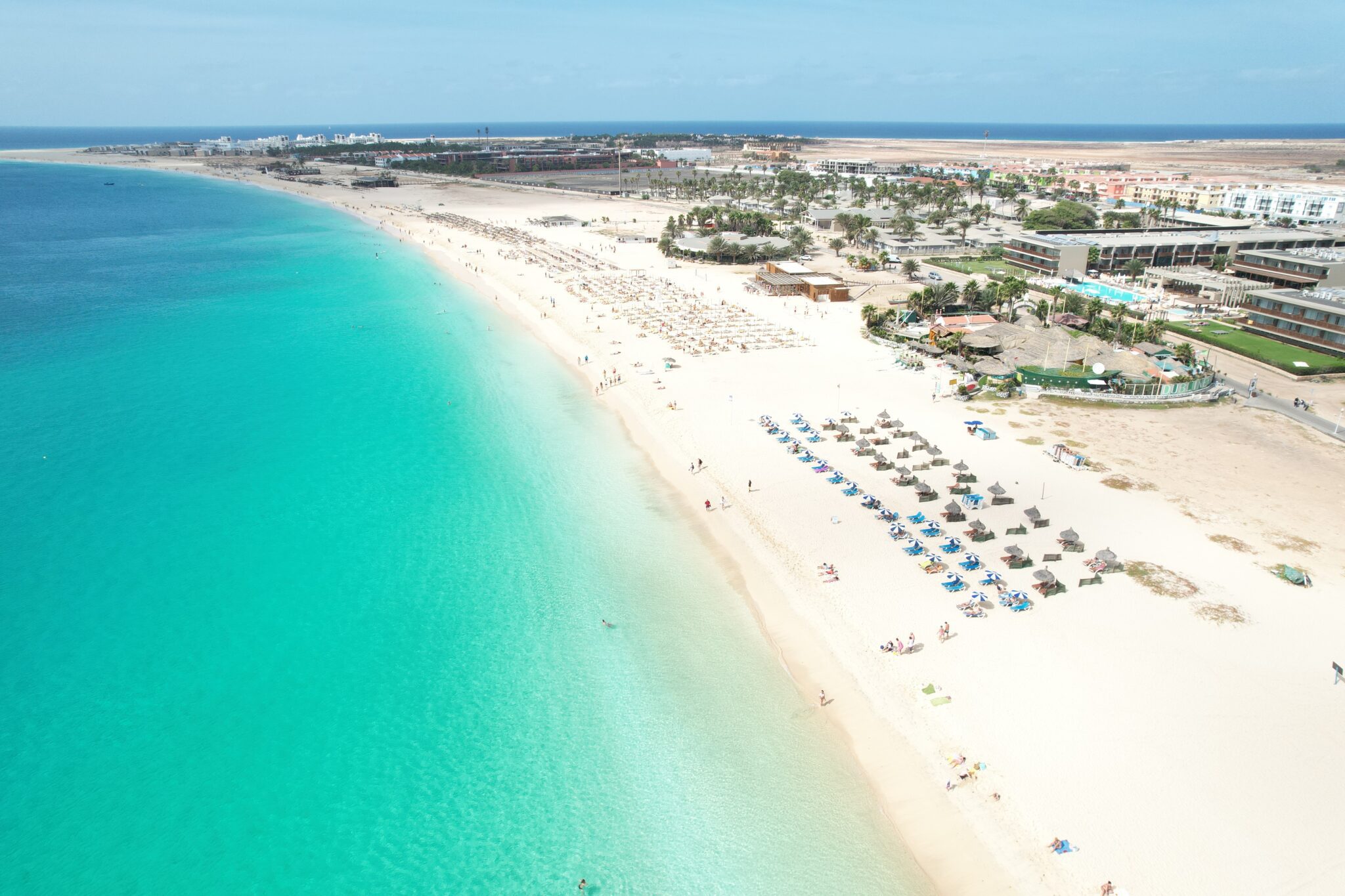This one goes to 111: Amtrak test train in Illinois beats speed estimate
Skift Take
The fierce, unresolved debate over whether the U.S. can afford to invest billions of dollars on high-speed passenger rail seemed to fall by the wayside, at least temporarily, in the heartland on Friday when an Amtrak train reached 111 mph — a record speed in Illinois during modern times.
The test train went 1 mph over the 110 mph goal set for the 15-mile stretch between Dwight and Pontiac, Ill., which are about 80 and 100 miles, respectively, southwest of Chicago. Illinois and Amtrak officials said they expect to begin revenue passenger service at 110 mph between Dwight and Pontiac before Thanksgiving.
The short leg is on part of what’s essentially a brand new railroad being built over 284 miles of the Union Pacific Railroad corridor to safely accommodate faster trains between Chicago and St. Louis.
Applause and gleeful laughter broke out at 110 mph among Gov. Pat Quinn, U.S. Transportation Secretary Ray LaHood, Sen. Dick Durbin and others counting up the incremental ticks in speed as they stared at a digital speedometer and a GPS map on a television screen in the last car of the refurbished Amtrak train.
“One eleven,” a happily surprised Quinn announced shortly after letting out a “Wooo!” at 110 mph.
Elsewhere on the train, nary a drop of refreshment was spilled, nor even one red grape spotted tumbling off fruit trays as the passenger coaches glided smoothly over the new rails and new concrete ties, like a jetliner slicing through calm air.
The history-making trip took place on a “smart train” that determines more than a mile before reaching the next railroad-roadway crossing whether the four barrier gates, warning bells and flashing lights are working properly.
If they aren’t, or if the train detects a vehicle stopped on the tracks, the automated control system on board instructs the locomotive engineer to slow down. If he or she failed to do so, the train would reduce speed and then stop automatically, officials said.
“That locomotive can sense whether there is any mass that is violating the safe zone inside the gates. If it senses a car, a human or anything, it shuts the train down or at least gets it below 20 mph depending on top-end speed,” Joseph Szabo, administrator of the Federal Railroad Administration, said during the ride.
No train-vehicle accidents have occurred since the four-quadrant gates, which replaced a two-gate system that wouldn’t prevent drivers from snaking around lowered crossing arms, were installed on the 110 mph route, according to the Illinois Department of Transportation.
The warning times for vehicles approaching crossings were also lengthened in the 110 mph Illinois test zone, from the current federal minimum of 20 seconds to at least 30 to 35 seconds and as much as 80 seconds, officials said. Fencing will also be installed to help keep out trespassers in urban areas, including between Joliet and Chicago, officials said.
Friday’s inaugural run at 110 mph carrying passengers went almost flawlessly, officials said.
There was a momentary glitch in the data communications link between the trackside signaling system and the Amtrak train that slightly delayed the acceleration from 79 mph toward 110 mph, according to railroad officials monitoring the test run.
But none of the high-speed rail boosters on board seemed to notice.
“This is a very important step forward today. We’ve been saying for 15 years now that high-speed rail is not only good for jobs and good transportation, but it is also great for the environment,” said Kevin Brubaker of the Environmental Law and Policy Center. “This is not just a demonstration run today. It’s what’s coming.”
But when? President Barack Obama envisions a national high-speed rail network that would serve 80 percent of the U.S. population by 2025, according to administration officials. Two years ago, Obama asked Congress to approve spending $53 billion on an unprecedented infrastructure-modernization strategy designed to overhaul and expand the three R’s — roads, railroads and runways.
Congressional Republicans, locked in a debt-reduction battle with Democrats, declared the plan dead on arrival.
“This is like giving Bernie Madoff another chance at handling your investment portfolio,” U.S. Rep. John Mica, a Florida Republican who chairs the House Transportation and Infrastructure Committee, scoffed, comparing Obama to the convicted criminal Madoff who was behind the largest Ponzi scheme in history.
The GOP governors of Wisconsin, Ohio and Florida returned to Washington millions of dollars that their states were awarded for high-speed rail. The governors cited expected cost over-runs and a perceived lack of ridership as their reasons against investing in fast trains. Quinn and other governors quickly scooped up the extra funds.
LaHood, the U.S. transportation secretary and a former congressman from Peoria, pointed out Friday that about 70 percent of the upgrades on the Chicago-to-St. Louis route are paid for. The project, financed primarily so far through $1.2 billion in grants from the Obama administration and $400 million from the state, is being carried out by the Illinois Department of Transportation, Union Pacific and the Illinois Commerce Commission.
The total federal investment to date in high-speed rail across the U.S. is about $8 billion in economic stimulus funding.
“Eight billion dollars is eight billion times more than this country has ever invested in high-speed rail,” LaHood said Friday, adding that Illinois has received the third-largest share, behind California, which is working toward eventual 220 mph service between roughly San Francisco and Los Angeles, and the Northeast corridor where Amtrak Acela trains operate at up to 150 mph and tests at higher speeds are underway.
The total cost to complete the Illinois work between Chicago and St. Louis, including constructing a second set of tracks to separate freight and passenger trains, is projected at about $4 billion, and most of those funds have not been identified.
Still, federal and state officials predict that Amtrak trains could be running at 110 mph on large segments of the corridor by 2015. That would make a sizable dent toward shaving off about an hour’s travel time on the current 5½-hour Amtrak trip, which today isn’t any faster than driving.
In western Michigan and northwest Indiana, Amtrak trains have been operating at up to 110 mph for much of this year between Kalamazoo, Mich., and Porter, Ind. The goal is to extend 110 mph service to Dearborn, Mich., by 2015, according to the Michigan Department of Transportation.
Yet traveling by rail at more than 100 mph is no big deal by the standards of bullet trains that are common across Europe and Asia. Even here at home, it’s back to the future.
More than 70 years ago, coal-burning locomotives were clocked going as fast as 124 mph on part of a route between Chicago and the Twin Cities, according to records. In the 1930s, trains often exceeded 100 mph in southern Wisconsin as well.
Twitter @jhilkevitch. (c)2012 the Chicago Tribune. Distributed by MCT Information Services. ![]()




